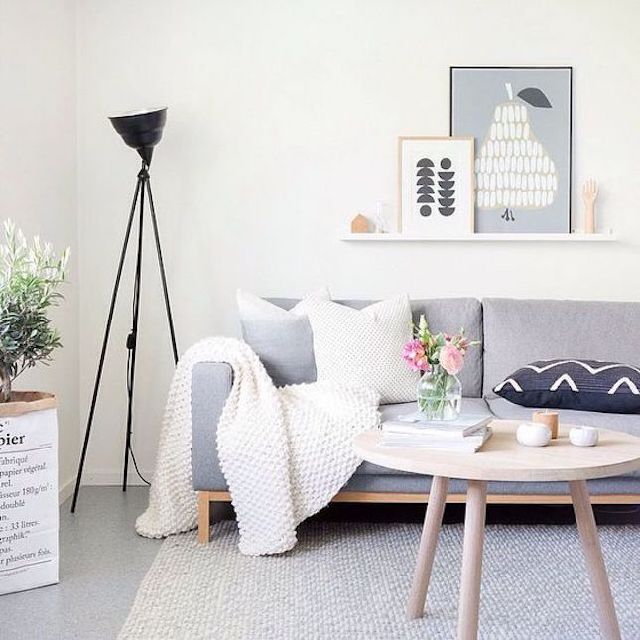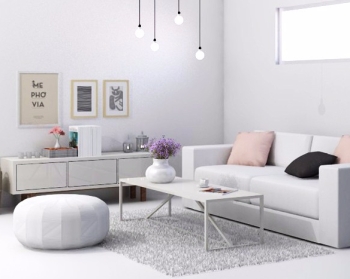Hello, Décor Chasers! Selecting furniture for our house, apartment, or office can be a lot of fun, but it also requires time and ehhm money….
Today I want to try and give you a guideline that you can use when shopping for furniture and help you get the most out of your time and money.

Buying furniture is a beautiful process, but it can be quite overwhelming. I mean, there are so many choices out there: so many stores, so many different styles of decor, so many colors…
First, I would like to talk about two words that you might think mean the same, but they don’t: scale and proportion.
Scale is a word used, in interior design, to describe the relationship a piece of furniture has with other pieces of furniture or with the room it is in. A small bed in a big room has the wrong scale.
Proportion is used to describe the size relationship of one piece of furniture compared to other parts of itself. For example, a chair with legs that are too short for it.

Ok, so let’s imagine you are in a furniture store. You have fallen in love with a big blue couch. Do you buy it right away? Stop! Ask yourself these 3 questions before paying:
1. Is this piece FUNCTIONAL for the space where it goes? For the people who live there? For your lifestyle?
2. Is this piece SUITABLE for your décor style? For the scale of the room? Does it set the mood you intend?
3. Is this piece HARMONIOUS in quality? In proportion?
These questions seem time-consuming, I know, but in reality if you did your homework before shopping, it shouldn’t take you more than a minute to answer them.

Plan in advance
Prepare before going to the furniture store. You obviously want to think about what you like, and don’t. Browse around (you know I’m a fan of Pinterest and Instagram) for inspiration.
Next, you want to measure! Measure the space where you are going to place your adquisition, its height and width. Measure door entrances, hallways, stairways, etc. that are on the way to the spot.
Have a budget in mind. Seriously, there is no need to overspend.$$$$
Don’t rush it. I believe in buying furniture for the rest of your life, “until death do us part” haha.
I know that if you follow this guideline, you will make a smart buy. To all of you out there shopping for furniture, I hope this post comes in handy! Until next week.
♥Laters, Mari






















